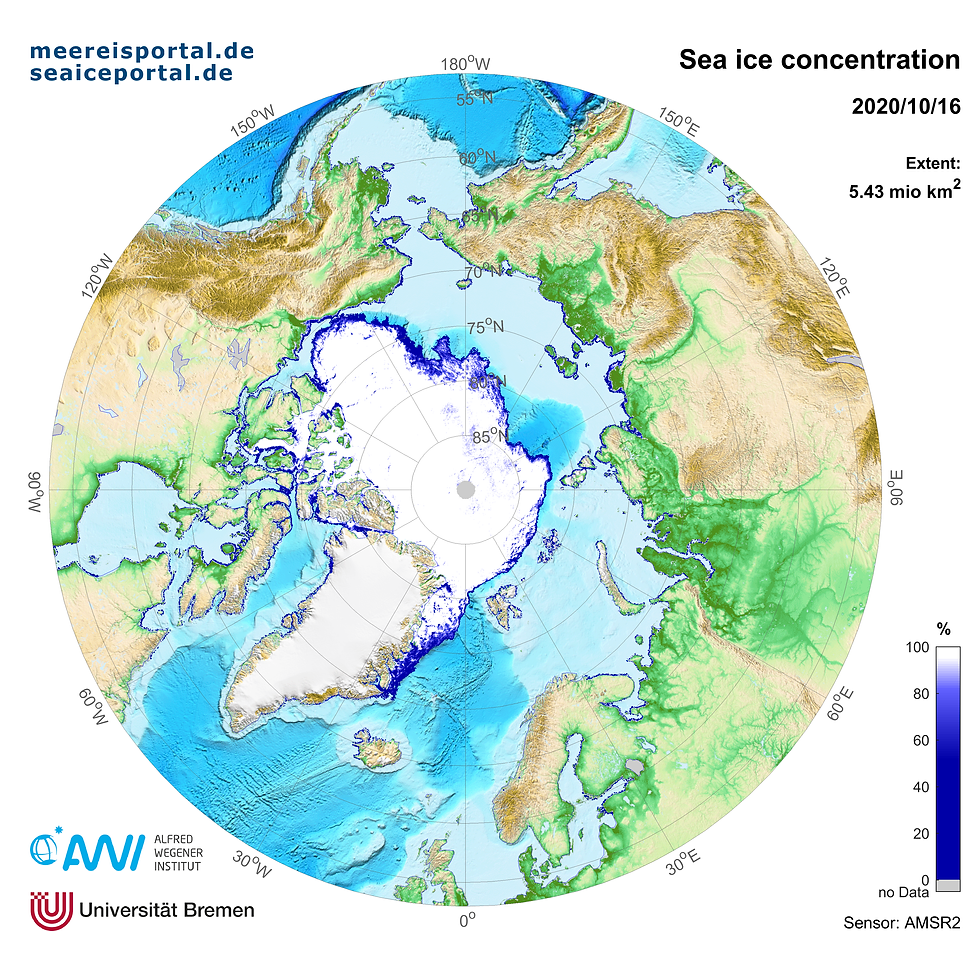Plio-Pleistocene deep-sea ventilation in the eastern Pacific and potential linkages.
- David I Birch Climate-Earth20

- Feb 26, 2023
- 2 min read
Antarctic bottom water (AABW) production is a key factor governing global ocean circulation, and the present disintegration of the Antarctic Ice Sheet slows it. However, its long-term variability has not been well documented. On the basis of high-resolution chemical scanning of a well-dated marine ferromanganese nodule from the eastern Pacific, we derive a record of abyssal ventilation spanning the past 4.7 million years and evaluate its linkage to AABW formation over this period. We find that abyssal ventilation was relatively weak in the early Pliocene and persistently intensified from 3.4 million years ago onward. Seven episodes of markedly reduced ocean ventilation indicative of AABW formation collapse are identified since the late Pliocene, which were accompanied by key stages of Northern Hemisphere glaciation. We suggest that the interpolar climate synchronization within these inferred seven collapse events may have intensified global glaciation Antarctic bottom water (AABW) production is a key factor governing global ocean circulation, and the present disintegration of the Antarctic Ice Sheet slows it. However, its long-term variability has not been well documented. On the basis of high-resolution chemical scanning of a well-dated marine ferromanganese nodule from the eastern Pacific, we derive a record of abyssal ventilation spanning the past 4.7 million years and evaluate its linkage to AABW formation over this period. We find that abyssal ventilation was relatively weak in the early Pliocene and persistently intensified from 3.4 million years ago onward. Seven episodes of markedly reduced ocean ventilation indicative of AABW formation collapse are identified since the late Pliocene, which were accompanied by key stages of Northern Hemisphere glaciation. We suggest that the interpolar climate synchronization within these inferred seven collapse events may have intensified global glaciation by inducing poleward moisture transport in the northern hemisphere.
Read on below...




Comments